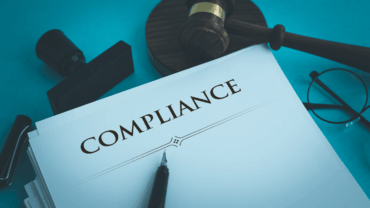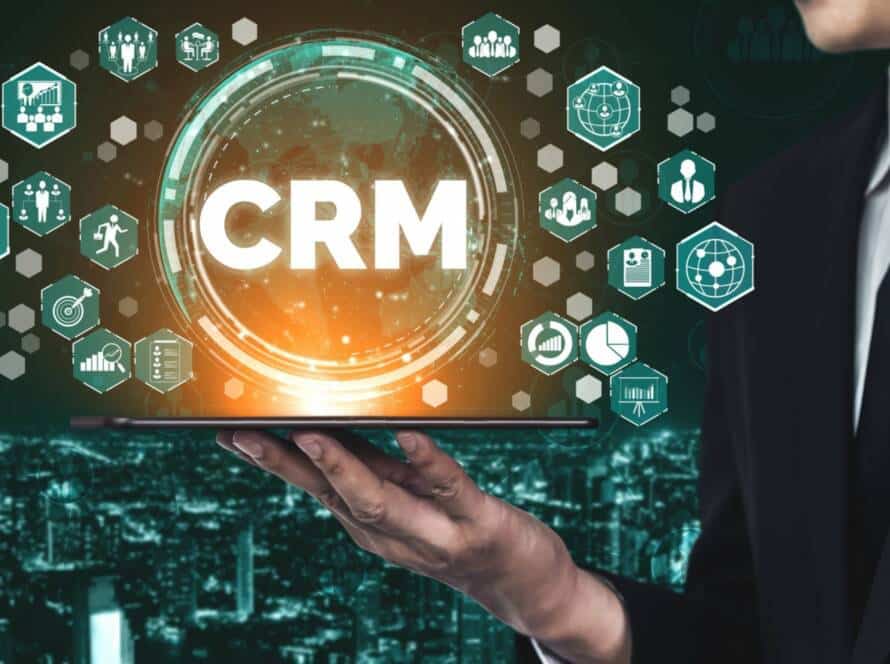Contents
The new AML-CFT obligations
Risks of non-compliance
Anticipation & new technologies
Anticipating, consolidating and evolving AML-CFT compliance
What if compliance became your best competitive lever? As European regulations tighten, the fight against money laundering and the financing of terrorismAML-CFT) is entering a new era.
(Introduction)
Adopted in June 2024, the AML package redefines the contours of European compliance. From 1ᵉʳ July 2025, AMLA, the new supervisory authority, took over the coordination and control of AML-CFT arrangements. Financial companies, fintechs, insurers and all reporting entities on European territory must now prepare for enhanced supervision and stricter obligations.
Ignoring these changes means risking fines, loss of confidence and additional operational costs. Structured preparation (audit, governance, intelligent tools) is essential. AP Solutions IO can support you in this transition with its reliable and scalable RegTech compliance solutions. Find out how!
New AML-CFT obligations
Since the AML package came into force, the European Union has significantly strengthened its anti-money laundering and anti-terrorist financing measures. The AMLD6 directive, accompanied by two directly applicable regulations, now unifies vigilance, transparency and reporting requirements for all entities subject to AML requirements on European territory.
The AML package: a European overhaul of the framework
The European Anti-Money Laundering Authority(AMLA), operational since July 1ᵉʳ 2025, directly supervises entities deemed high risk and coordinates national regulators for others. It conducts audits, imposes sanctions and sets common standards applicable to all member states.
For financial institutions, this overhaul marks a new era in cross-border supervision, one that is not only more demanding, but also clearer and more consistent.
Extended scope of liability
Certain non-financial players, such as crypto-asset platforms, fintechs and payment entities, have seen their scope of application strengthened.
Customer due diligence, beneficial owner due diligence and transaction monitoring obligations are becoming more stringent. The collection of information on Beneficial Owners (identity, control) is reinforced.
Duty to cooperate and greater transparency
National Financial Intelligence Units (FIUs) will need to work closely with the AMLA and authorities in other Member States.
Information sharing and cross-border audits will become commonplace. Data protection rules (notably GDPR) will come under scrutiny to ensure they don't hamper transparency obligations.
Integration of AI (augmented intelligence) and continuous monitoring
The package introduces an implicit requirement for more advanced tools:
- Automatic detection of suspicious transactions
- Risk analysis algorithms
- Enhanced traceability
Technological solutions must be able to evolve, and AP Solutions IO does everything in its power to help you do just that.
Non-compliance risks
AML-CFT non-compliance is never trivial. Since the AMLA began directly supervising at-risk entities, controls have intensified and sanctions have become more severe. In the event of non-compliance, fines can reach several million euros, depending on the seriousness of the facts or the volume of business involved.
But the financial penalty is only the visible part of the risk.
A company's credibility is damaged if it is singled out for compliance failure:
- Investors pull out
- Partners are wary
- Customers lose confidence
- The reputational damage, which is often long-lasting, weighs far more heavily than the financial penalty itself.
Added to this are considerable operational costs: corrective audits, overhaul of procedures, reinforcement of internal controls or emergency deployment of technological solutions. In extreme cases, certain entities have had their licenses suspended or their access to the market restricted.
Anticipating these risks through proactive compliance is no longer a choice, but a strategic imperative.
Anticipation & new technologies
1. Preliminary audit / diagnosis
It's imperative to start with a full compliance audit, which forms the basis of your roadmap:
- Mapping flows, customers, accounts
- Risk mapping
- Evaluation of existing systems
- Verification of KYC / KYT processes
- Evaluation of monitoring modules
- Identifying deviations from the AML package
2. Governance & internal structure
Then we need to create a clear governance structure:
- A dedicated AML-CFT committee
- Defined responsibilities (compliance officer, chief risk officer)
- Documented procedures, updated in line with regulatory changes
3. Strengthening KYC / KYT controls & processes
You must then reinforce your control and vigilance systems by :
- Customer knowledge (KYC / KYS) with regular data collection
- Transaction monitoring (KYT): alerts, dynamic scoring of transactions
- Adaptive thresholds, tighter controls based on risk profile
These modules need to be data-driven and scalable.
4. Adoption of intelligent technological solutions
This is where modern RegTech comes in. AP Solutions IO offers you SaaS / API tools capable of real-time detection, alerting, tracing and auditing:
- Transaction monitoring platform with scalable algorithms
- KYC / KYT compliance module configurable to your policies
- API for integrating data from your information system
- Automatic updates to keep pace with AML / AML-CFT standards
Our compliance solutions automate transaction monitoring, reduce human error and guarantee clear traceability of every control operation.
5. Device testing and validation
Once the tools have been deployed, their effectiveness needs to be verified under real-life conditions. Simulation tests are used to reproduce different fraud or money-laundering scenarios, to measure the system's ability to detect anomalies and generate the appropriate alerts.
These validation exercises are essential for identifying weak points, adjusting trigger thresholds and reinforcing the relevance of automated controls before large-scale deployment.
6. Continuing training & watch
Legal frameworks are constantly evolving, as are the methods used by fraudsters to circumvent them. Keeping an active watch on publications from the European Union, Tracfin or the ACPR remains essential to adjust systems in real time.
At the same time, ongoing training for our compliance, back-office and audit teams enhances their ability to analyze and react to new risk patterns.
7. Automated monitoring & reporting
Compliance monitoring is based on a centralized, measurable view of the system's performance. A management dashboard must include key indicators:
- Alert volume
- False positive rate
- Processing times
Automated regulatory reporting generates clear, usable reports, backed up by verified data, which can be shared directly with management or supervisory authorities such asAMLA.
Anticipate, consolidate and develop AML-CFT compliance
Recent regulatory changes have profoundly redefined compliance expectations. The question "How can we anticipate the new AML-CFT obligations? "is answered by a global, structured and continuous approach.
Analysis of the new AML package rules, the rise of AMLA and the tightening of controls have shown that compliance is no longer a simple administrative exercise. It involves the governance, technology and internal culture of every organization.
Acting upstream, auditing processes, automating transaction monitoring and training teams are the foundations of sustainable compliance.
Thanks to AP Solutions IO's expertise and RegTech solutions, these actions take on their full significance: they strengthen the accuracy of controls, streamline governance and significantly reduce financial, reputational and operational risks.
In this dynamic, compliance comes alive: scalable, measurable and fully integrated into your corporate strategy.

Don't wait any longer!
Talk to the real experts!



